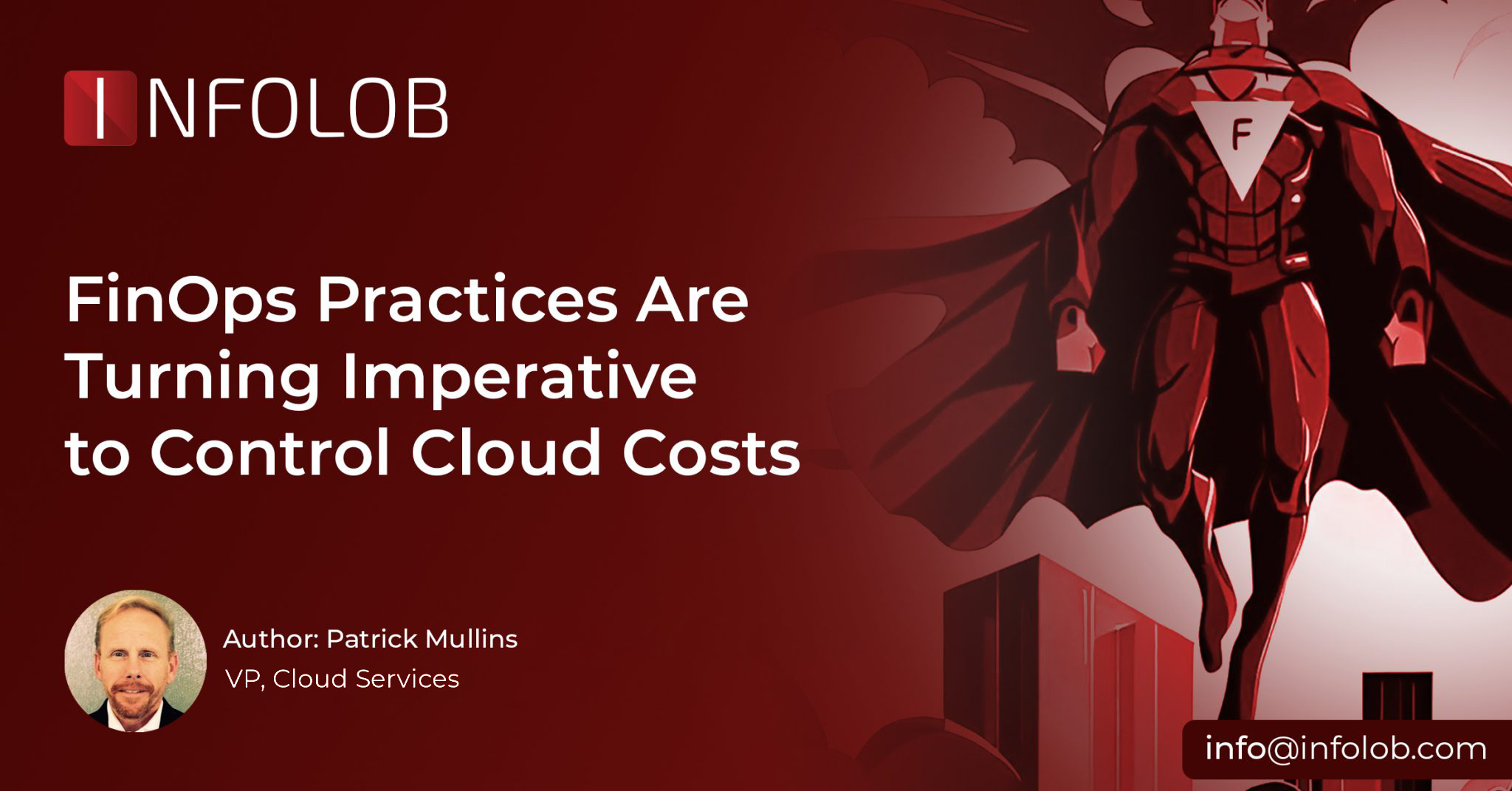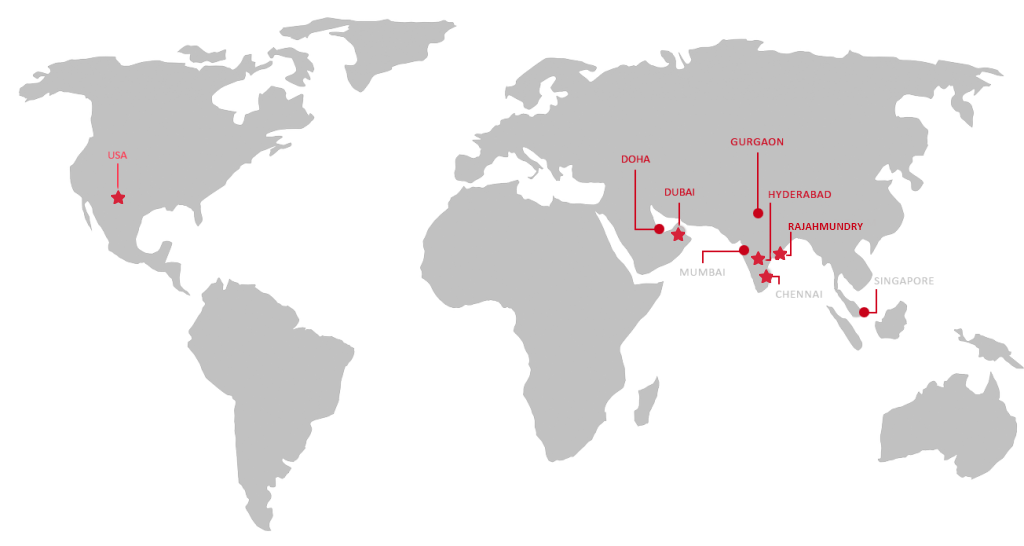In the initial years of the world transitioning to the cloud, there was only one driving force — the promise of cost savings. Yet, as cloud adoption surged, many organizations found themselves shadowboxing with escalating cloud expenses. This challenge has led to the emergence of a crucial discipline known as “Financial Operations” or FinOps, solely crafted for navigating the cloud cost challenge and acing the data economy.
The Cloud Spending Dilemma
The latest insights from Flexera’s 2022 State of the Cloud Report shed light on the current landscape of cloud spending. Drawing from feedback provided by 700+ global cloud decision-makers and users, a troubling trend emerges. A staggering 66% of executives acknowledged that their cloud usage had exceeded initial projections for the year, with organizations estimating that they squander approximately 32% of their cloud budgets — a notable increase from the previous year’s 30%. [1]
Underestimated Resource Waste
Moreover, it’s important to recognize that these figures might be conservative, as many organizations tend to underestimate the extent of their cloud waste. Respondents also disclosed that their public cloud spending surpassed budgets by an average of 13% in the preceding year, with expectations of a 29% upswing in cloud expenditure over the next year.
Financial Impact on Businesses
The financial impact of these surging cloud expenditures extends beyond the financial realm and affects organizations of all sizes. SMBs, in particular, have significantly increased their annual investment in cloud computing. In 2021, close to 40% of these businesses were allocating around $1.2 million each year to cloud services. This figure has now risen beyond 50%, underscoring the growing financial commitment to cloud-based solutions.
The Unseen Costs
With such substantial investments, organizations often struggle to maintain effective oversight and accountability over their cloud resources. Monthly subscription funds are often directed toward unused or underutilized cloud services without anyone realizing it. For instance, an employee might have initiated a cloud instance for testing purposes several years ago, and abandoned it, yet the organization continues to incur costs for its idle usage.
Empowering Through FinOps
This is precisely where the practice of FinOps comes into play. FinOps is a strategic approach aimed at optimizing cloud expenditure and unlocking the full business potential of cloud services. It fosters collaboration among various departments, including engineering, finance, technology, and business teams, enabling data-driven spending decisions. In essence, it empowers organizations to efficiently allocate and manage their cloud resources.
Silent Implementation of FinOps
Interestingly, many organizations are already implementing FinOps principles, even if they don’t explicitly label it as such. According to the Flexera survey, a significant proportion of respondents are actively engaged in cost management for Software as a Service (SaaS), public cloud Infrastructure as a Service (IaaS) and Platform as a Service (PaaS) offerings. This highlights the growing importance of FinOps in contemporary cloud management.
The Priority of Optimization
Optimizing existing cloud usage remains a top priority for organizations, underlining the pivotal role of FinOps teams or similar approaches in enhancing cost-saving initiatives. The survey reveals that many organizations have established dedicated FinOps teams to assess cloud metrics and value, further emphasizing its significance.
Automation: The Rocketfuel to Efficiency
Automation emerges as a crucial tool for cost optimization, with respondents leveraging automated policies to shut down workloads during non-operational hours and rightsize underutilized instances. However, a substantial portion still relies on manual processes for tasks such as implementing required tags.
The Metrics of Success
While cloud technology offers a multitude of benefits, including speed to market and innovation, cost savings continue to be a primary metric of success, particularly when pitching cloud adoption to C-level executives and boards. The survey identifies key success metrics, including cost efficiency, delivery speed, innovation, value to business units, competitive advantage, workload migration, and the reduction of technical debt.
Concluding Thoughts
Analyzing cloud spend across SaaS, PaaS and IaaS, in a multi-tenant, multi-cloud enterprise can be a daunting challenge. To address this, FinOps is a blooming practice in cloud management, characterized by principles that promote collaboration, productivity, and accountability across IT, business and finance departments. As organizations contend with escalating cloud costs, adopting FinOps can be a transformative move to recover control over cloud spend. Utilizing an AI based, FinOps tool such as Heeddata has shown to quickly ramp up enterprise FinOps capabilities by consolidating cloud usage reporting, analyzing and automating cost reduction, and providing a clear budget based on predictive modeling. Targeting cloud waste and improving efficiency will maximize the value derived from the investments in your data endeavors. And, as a repercussion, the initial cloud move anticipated to win the data economy becomes feasible.
For all cloud adoption and management, please write to:





